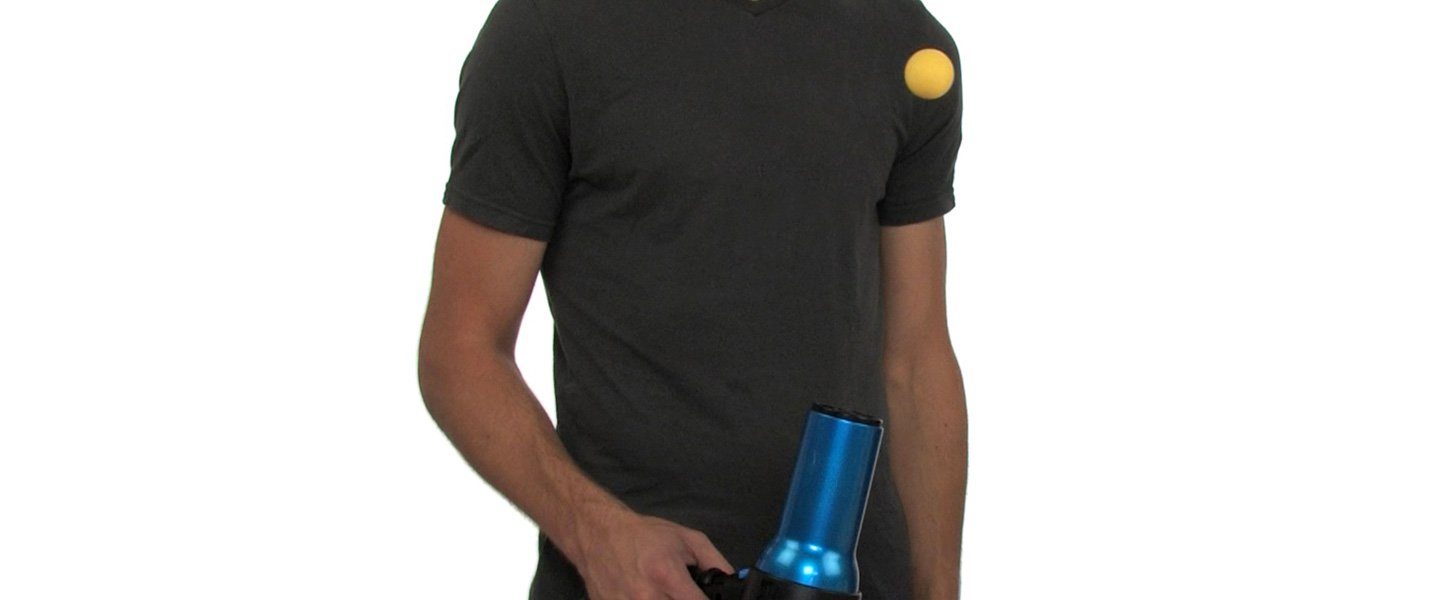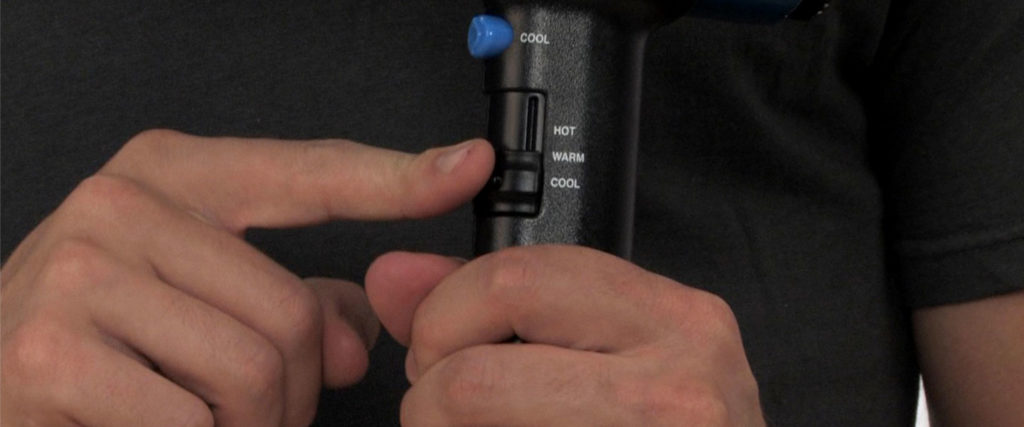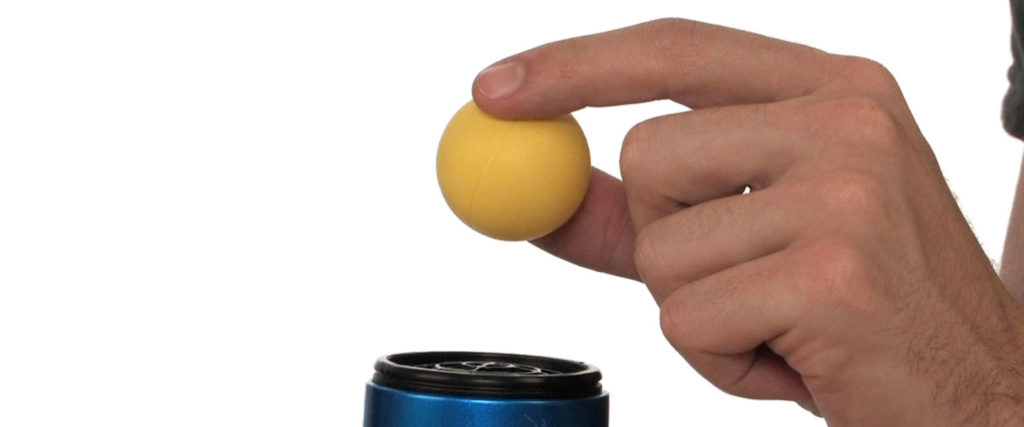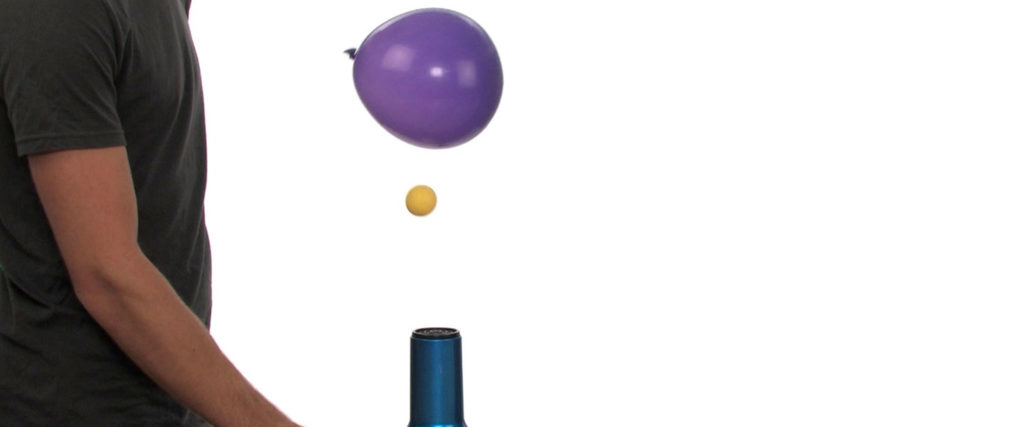Flying Toilet Paper - How to Make a Toilet Paper Launcher
It’s amazing what you can do with differences in air pressure. A tasty drink flows through a straw from a glass up to your mouth. A […]

Amuse the neighbors for hours as you make objects float in midair using Bernoulli’s Principle. Believe it or not, the secret to this levitation mystery is right in front of your nose.

Set the hair dryer to cool, switch it on, and point it at the ceiling.

Carefully put the ping-pong ball in the stream of air. Hold the hair dryer very steady and watch as the ping-pong ball floats in the stream of air.

Carefully move the hair dryer from left to right and watch how the ball moves as well, staying in the stream of air.

Try floating other lightweight objects in the air stream at the same time. With the hair dryer on, place an inflated balloon over your levitating ping-pong ball. You might want to place a penny in the balloon before you blow it up to give it some added weight.
The floating ping-pong ball is a wonderful example of Bernoulli’s Principle. Bernoulli, an 18th-century Swiss mathematician, discovered something quite unusual about moving air. He found that the faster air flows over the surface of something, the less the air pushes on that surface (and so the lower its pressure). The air from the hair dryer flows around the outside of the ball and, if you position the ball carefully, the air flows evenly around each side. Gravity pulls the ball downward while the pressure below the ball from the moving air forces it upward. This means that all the forces acting on the ball are balanced and the ball hovers in midair.
As you move the hair dryer you can make the ball follow the stream of air because Bernoulli’s Principle says that the fast moving air around the sides of the ball is at a lower pressure than the surrounding stationary air. If the ball tries to leave the stream of air, the still, higher pressure air will push it back in. So, the ball will float in the flow no matter how you move. When you place the empty toilet paper tube into the air stream, the air is funneled into a smaller area, making air move even faster. The pressure in the tube becomes even lower than that of the air surrounding the ball, and the ball is pushed up into the tube.
Airplanes can fly because of Bernoulli’s Principle. Air rushing over the top of airplane wings exerts less pressure than air from under the wings. So the relatively greater air pressure beneath the wings supplies the upward force, or lift, that enables airplanes to fly.
The reader hereby agrees to only use the powers of flying toilet paper for good, not evil, purposes. The reader also promises never to TP (Toilet Paper) a friend’s house using the Flying Toilet Paper Method described herein. However, if an accidental “TP-ing” occurs, please send the author pictures from your cell phone and a full account of what happened.